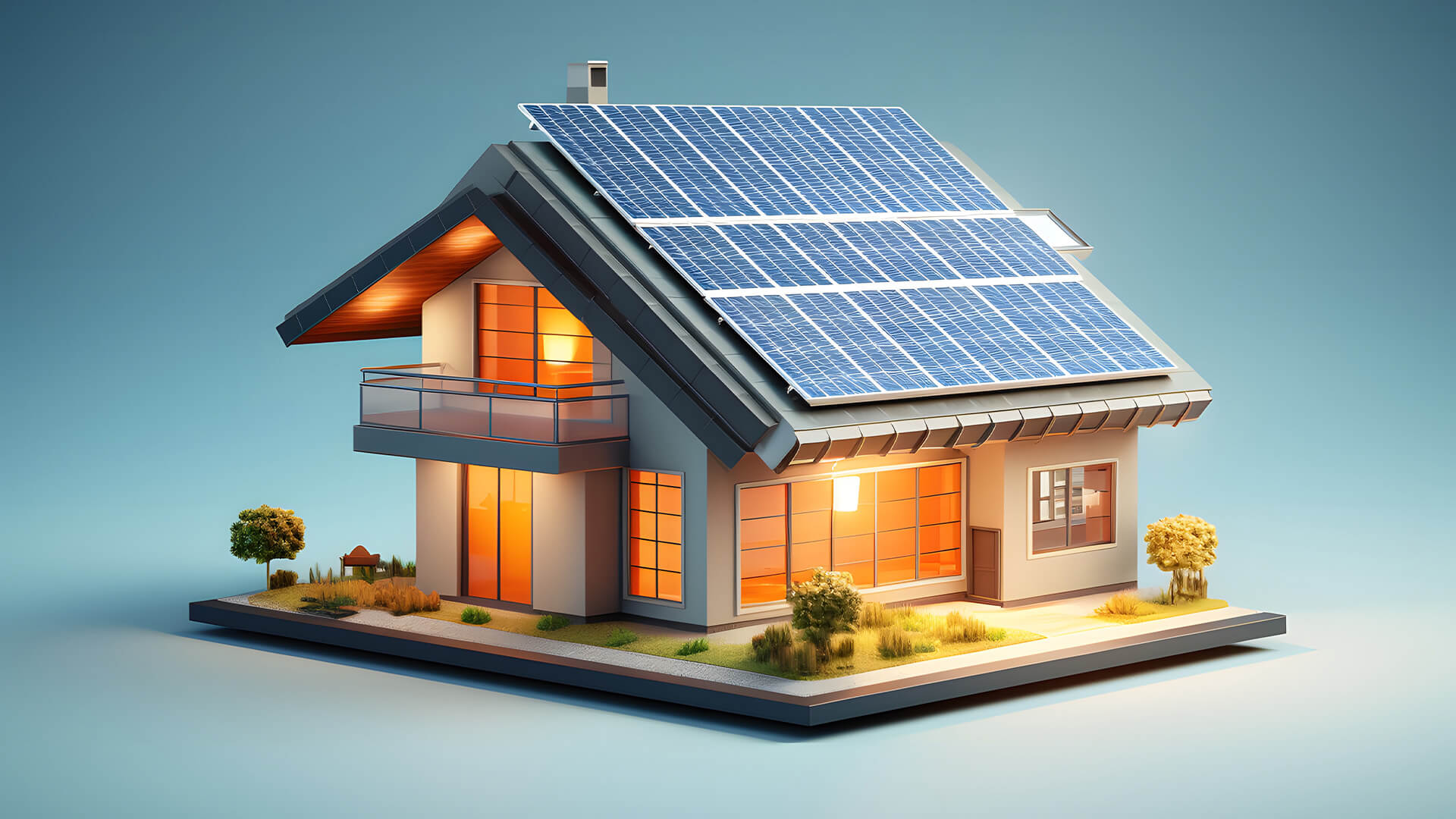As homeowners become increasingly aware of environmental impact and rising energy costs, energy-efficient home upgrades have gained popularity not only for their sustainability benefits but also for their potential to lower utility bills and enhance property value. From simple enhancements to comprehensive renovations, investing in energy efficiency can make your home more comfortable, eco-friendly, and cost-effective in the long run.
Understanding Energy Efficiency
Energy efficiency refers to using less energy to achieve the same or better performance, reducing energy waste and environmental impact. In homes, energy-efficient upgrades typically focus on improving heating, ventilation, air conditioning (HVAC) systems, insulation, lighting, appliances, and renewable energy sources.
Benefits of Energy-Efficient Upgrades
- Cost Savings: One of the primary benefits of energy-efficient upgrades is reduced energy consumption, leading to lower utility bills over time. Upgrading to energy-efficient appliances, LED lighting, and improved insulation can significantly decrease monthly energy expenses.
- Environmental Impact: Energy-efficient homes reduce greenhouse gas emissions and environmental footprint by conserving resources and relying on renewable energy sources where feasible. This contributes to a more sustainable lifestyle and helps combat climate change.
- Improved Comfort: Energy-efficient upgrades often result in better indoor air quality, consistent temperatures, and reduced drafts, enhancing overall comfort and livability within the home.
- Enhanced Property Value: Energy-efficient homes are increasingly attractive to buyers who value sustainability and lower operating costs. Upgrades such as solar panels, energy-efficient windows, and HVAC systems can potentially increase resale value and marketability.
Key Energy-Efficient Upgrades
- Insulation: Proper insulation reduces heat transfer and improves thermal efficiency, keeping your home cooler in summer and warmer in winter. Upgrade attic insulation, seal air leaks around doors and windows, and insulate ductwork to optimize energy use.
- Energy-Efficient Windows and Doors: Install ENERGY STAR® rated windows and doors with double or triple-pane glass to minimize heat loss and gain. Low-emissivity (low-E) coatings and insulated frames further improve efficiency.
- High-Efficiency HVAC Systems: Upgrade to energy-efficient heating and cooling systems, such as heat pumps or high-efficiency furnaces and air conditioners. Regular maintenance and programmable thermostats optimize performance and energy savings.
- LED Lighting: Replace incandescent bulbs with LED lights, which consume less energy, last longer, and emit less heat. Use dimmers and timers to further reduce electricity usage.
- Solar Panels and Renewable Energy: Consider installing solar panels or other renewable energy systems to generate electricity onsite. Solar energy systems can offset energy costs and may qualify for tax incentives or rebates.
- Energy-Efficient Appliances: Upgrade kitchen and laundry appliances to ENERGY STAR® rated models, which use less energy and water without sacrificing performance. Look for appliances with advanced features like smart technology for additional energy savings.
- Water Efficiency: Install low-flow faucets, showerheads, and toilets to conserve water and reduce utility bills. Consider upgrading to a tankless water heater for on-demand hot water and increased efficiency.
Financing Energy-Efficient Upgrades
Financing energy-efficient upgrades can be achieved through various methods:
- Government Programs and Incentives: Many governments offer incentives, rebates, and tax credits for energy-efficient home improvements, such as solar installations or insulation upgrades. Research available programs in your area to maximize savings.
- Energy-Efficient Mortgages (EEMs): EEMs allow borrowers to finance energy-efficient upgrades into their mortgage loan, potentially increasing borrowing power and spreading costs over time.
- Home Equity Loans and Lines of Credit: Use the equity in your home to finance energy-efficient upgrades through home equity loans or lines of credit, which may offer competitive interest rates and tax-deductible interest payments.
- Personal Savings and Budgeting: Save for energy-efficient upgrades over time by allocating a portion of your monthly budget to home improvement projects. Prioritize upgrades based on immediate needs and long-term savings potential.
Maintenance and Long-Term Benefits
Regular maintenance is essential to maximize the effectiveness of energy-efficient upgrades:
- HVAC Maintenance: Schedule annual HVAC inspections and tune-ups to ensure optimal performance and energy efficiency. Clean or replace air filters regularly to improve airflow and reduce energy consumption.
- Sealing Air Leaks: Periodically inspect doors, windows, and ductwork for air leaks, and seal gaps with weatherstripping or caulking to prevent heat loss or gain.
- Monitoring Energy Usage: Track energy usage through utility bills or smart home devices to identify trends and adjust consumption habits accordingly. Implement energy-saving practices like turning off lights and appliances when not in use.
- Landscape Design: Plant shade trees and shrubs around your home to reduce solar heat gain in summer and lower cooling costs. Design landscaping to promote natural ventilation and passive solar heating where possible.
Conclusion
Energy-efficient home upgrades offer numerous benefits for homeowners seeking to improve sustainability, lower operating costs, and increase property value. Whether you start with simple improvements like LED lighting or embark on larger projects such as installing solar panels, every step toward energy efficiency contributes to a greener, more efficient home. By understanding the available upgrades, financing options, and maintenance requirements, homeowners can make informed decisions to enhance their living environment while contributing positively to the environment and their financial well-being in the long term.

